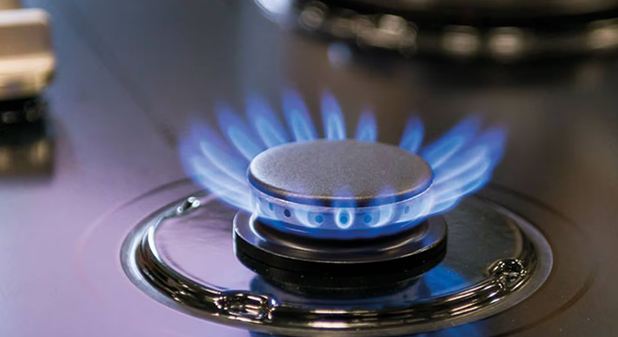Losing access to gas in the kitchen or throughout the home can be stressful, especially when you rely on it for cooking or heating. Whether the issue is temporary or requires professional attention, there are simple steps you can take to stay safe, stay comfortable, and manage your daily routine until the problem is resolved. With a calm approach and a few practical adjustments, you can navigate the situation smoothly.
Stay Calm and Assess the Situation
The first step is to remain calm and check what exactly isn’t working. If your stove won’t light, your water heater isn’t heating, or multiple appliances seem affected, it may indicate a larger household issue. Pay attention to whether the problem affects only one appliance or the entire home. This helps you understand whether it might be a minor inconvenience or something that requires service professionals.

Avoid Trying DIY Repairs
Even if you think the problem seems small, it’s important not to attempt repairs on gas systems yourself. Gas lines, valves, and appliance components require specialized knowledge to handle safely. Instead, focus on observing what is and isn’t functioning so you can explain it clearly to a technician. Leaving repairs to trained professionals protects you, your home, and everyone living in it.
Contact Your Gas Provider or a Licensed Technician
If your home uses piped gas, contacting your gas provider is often the best first step. They can tell you if there’s a known outage in your area or if your service needs inspection. If the issue seems isolated to your home, a licensed technician can properly diagnose and fix the problem. Professional assistance ensures that everything is restored safely and according to proper standards.
Adjust Your Cooking Routine
When you have no gas in the kitchen, planning meals becomes the biggest challenge. Luckily, there are several safe alternatives for preparing food at home:
- Electric appliances such as microwaves, toasters, air fryers, rice cookers, and electric kettles can handle many simple meals.
- Cold meals—sandwiches, salads, fruit, yogurt, and wraps—require no heat and can simplify your routine.
- Pre-cooked foods from the fridge or store-bought ready meals may help temporarily.
- These options keep you eating comfortably without needing access to gas.
Keep the Home Comfortable
If your home normally uses gas for heating, the absence of gas can affect your comfort. Simple steps can help maintain warmth while staying safe indoors. Wearing warm layers, keeping blankets nearby, and closing curtains at night help keep heat inside. Space heaters may also help, but only if used responsibly and according to their safety guidelines.
Plan for Short-Term Adjustments
A temporary gas outage can disrupt routines, but planning ahead minimizes stress. Try preparing simple meals, organizing your day around alternative cooking methods, and communicating with anyone you live with so everyone understands the situation. Treat it as a short-term inconvenience rather than a major crisis, and focus on what you can control until normal service returns.

Final Thoughts
Having no gas in the kitchen or house can be inconvenient, but it doesn’t have to throw your entire routine off balance. By avoiding DIY repairs, using safe cooking alternatives, and seeking professional help when needed, you can navigate the situation smoothly. With a bit of flexibility and preparation, daily life can continue with minimal disruption until gas service is fully restored.

















